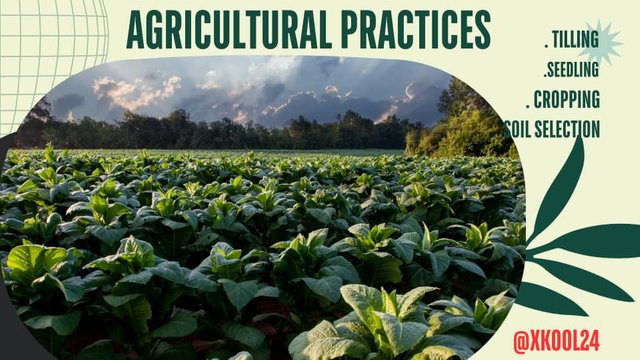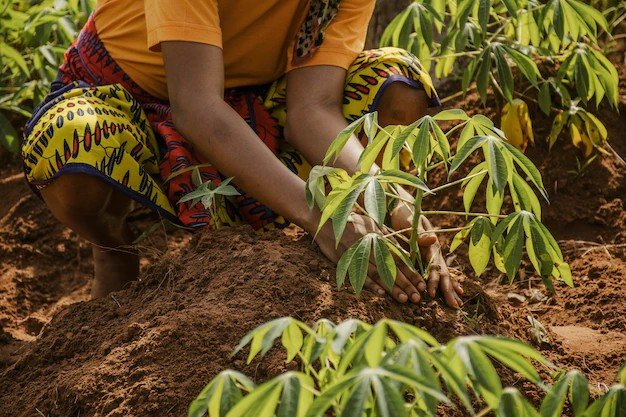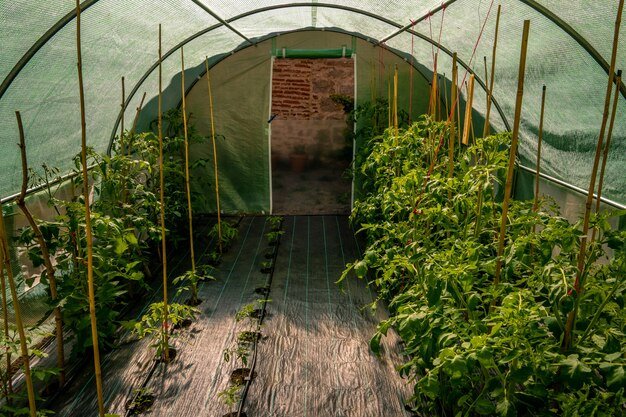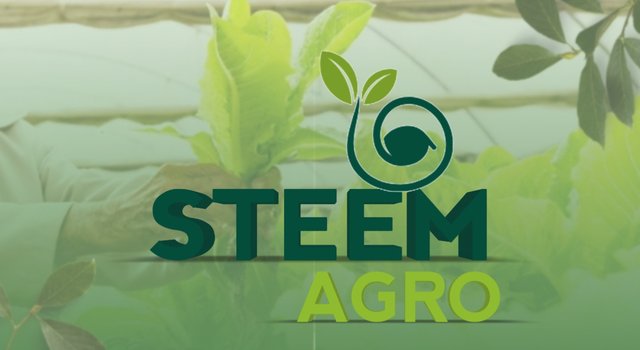Hello friends, this would be my first outing on an agricultural publication since the end of SLC season 20. Agriculture remains our focal point in the community and a vital practice for human existence. Let's get started as I get my views on some of the questions asked. This post does not stand as empty in the contest to compete with other users but also to make my contribution.
 |
|---|
There are different agricultural practices available out there that are sometimes peculiar to our traditions and regions. They are simply those activities we put in place during farming (crop and livestock), environmental and biodiversity preservation, tailored towards growth and better performance. That is to say, any initiatives or ideas put in that do not support the end product of increased productivity can not be likened to agricultural practices.
In my explanation of this topic, I would be categorizing them (agricultural practices) according to their needs and factors of production or interest.
1.Crop farm practices:
This includes our different crop selection practices like monoculture and polyculture. This is common here where we plant either a single or multiple crops in a given farmland. We find polyculture practices of more use given the availability and access to land.
2.Soil Management Practices:
A practice that allows us to either till or avoid tilling the soils before seeding/planting is done. In this category, we have the conventional tilling practice where we plow the soil before planting. We also have the situation No-till practice where we just make our holes and seed accordingly.
We also have a practice of going organic or pure chemical use. Organic farming practices ensure that we use only non-chemical substances during farming. However, this does not keep away the practices of using cover cropping to help regenerate the soils faster.
3.Water Farming Practices:
Water is an integral part of farming and hence, has been prioritized. We have primary two (2) types or sources of water during farming. They are irrigation and rain-fed farming. This duo represents water farming practices.
4.Agri Production practices:
This practice determines on what scale we indulge in agricultural activities. We have the Subsistence farming that limits us to small units of farming, usually for self-use. We have the Commercial farming that goes with the name. It is for both personal and commercial purposes. We also find ourselves having to indulge in Mixed farming where we want to maximize the available land by having different crops and sometimes livestock in addition.
We have other traditional practices and smart and technological farm practices that aid productivity.
 |
|---|
Maintaining healthy soil comes with a lot of benefits. It is a chain value process that cuts across the different areas that involve both environmental and socio-economic factors. It is indeed vital to have a healthy soil. Let's look at some areas;
1. Importance of Healthy Soil to our Environment
Agriculture has continued to play an important role in our environment by helping to remove impurities and carbons from the air. Healthy soil helps absorb most of the free radicals in the air and store them in them beneath. This is important to humans who inhale oxygen as well as to mitigate against climate change variations.
We all know that if we have healthy soil, we should be able to promote the microbial life cycle of the soil (biodiversity preservation). This also helps in good water retention and degradation from hazards.
2. Importance of Healthy Soil to Agricultural Production
This is the commonest we could easily remember out there. It helps improve our crop yield because of the presence of soil nutrients required to grow crops. We have to spend less purchasing chemicals to aid plant growth. Chemicals, in the form of Fertilizers and pesticides, have been replaced by microbial activities. We should be sure of good crop yield (both quality. and quantity). We should know that the overall goal here is Food Security.
3. Importance of Healthy Soil to Economic and Social Needs
In this case, since we found out that many costs are reduced and removed from our activities, it lessens the farmers' running costs. He now spends less on acquiring fertilizers and pesticides for pests/disease control, as well as on irrigation systems. When our harvest is of quality, it nourishes us, a key indicator of improving livelihoods and personal health.
The two major types of farming include:
- Subsistence (Small scale) Farming
- Commercial (Large Scale) Farming
 |
|---|
Subsistence Farming, just like the name, is all about farming on a small scale. Farming requires few resources and labor with the aim of achieving Self-sufficiency. It is usually aimed at feeding the family with little or nothing available for market sale. We have this kind of farming thrives more in neighborhood gardens and other family orchards.
It is not labor intensive; there is no presence of a market to achieve sales as what is produced is mainly for the family. Most practices used here are traditionally inclined toward animal dung and household waste being the only source of manure. Family, in this sense, is mainly organic.
Commercial Farming is, in contrast, as already said for subsistent farming. It is all about producing in larger quantities that cater for both personal and profit margins. The focus is mainly the market where profits are made from production.
In commercial farming, we see the use of machinery and other technological tools deployed for commercial production. Labor, in this case, is intensive and requires more to achieve the scale of production.
We have high-yielding crops deployed for use, as climate-resistant species are preferred to deter unwarranted losses from weather variations. We can not talk about commercial farming without highlighting the importance of profiteering and market competition.
Key Highlights
| Parameter | Subsistence farming | Commercial farming |
|---|---|---|
| Scale | Smaller activities | Larger activities |
| Aim | Family Use | Profit Oriented |
| Technology type | Traditional | Advanced Technology |
| Market scope | Local or Family | Urban or Global |
| Specie | Local | Improved Seedlings/Livestock, GMOs |
| Labour scale | Manpower | Machinery |
 |
|---|
Greenhouses can simply be said to be those control environments for our crops. They are constructed places that allow weather conditions to be controlled in such a way that they are not retarded by harsh weather conditions. Issues of drought, flooding, pest, and disease prevalence are not considered here since all that has been taken into consideration.
Where we have greenhouses, we should anticipate the following at the back of our minds;
- For commercial seedling availability
- Horticulture purpises
- Research purposes
- Biodiversity Preservation especially for endangered species
We have different types of greenhouses. We have the traditional glass types, plastic/polyethylene types, Dome and High Turnnels types.
Thank you, friends...
I hope this serves as good a representation of the required ideas by the contest organizer (@ninapenda).
I want to invite @chant, @ruthjoe, and @patjewell.
Downvoting a post can decrease pending rewards and make it less visible. Common reasons:
Submit
https://x.com/xkool24/status/1851133573165662244?t=JKAUKCOrXJ9YzzUa5z7_Pw&s=19
Downvoting a post can decrease pending rewards and make it less visible. Common reasons:
Submit
Welcome to steem-agro!
MODs Comment/Recommendation:
Thank you so much dear Sir for posting in your community.No doubt that you have covered all the topics very well. Engage with other participants by doing meaningful comments which will increase your chances of winning.I am wishing you all the best in the contest.
Remember to always share your post on Twitter using these 3 main tags #steem #steemit $steem

Downvoting a post can decrease pending rewards and make it less visible. Common reasons:
Submit